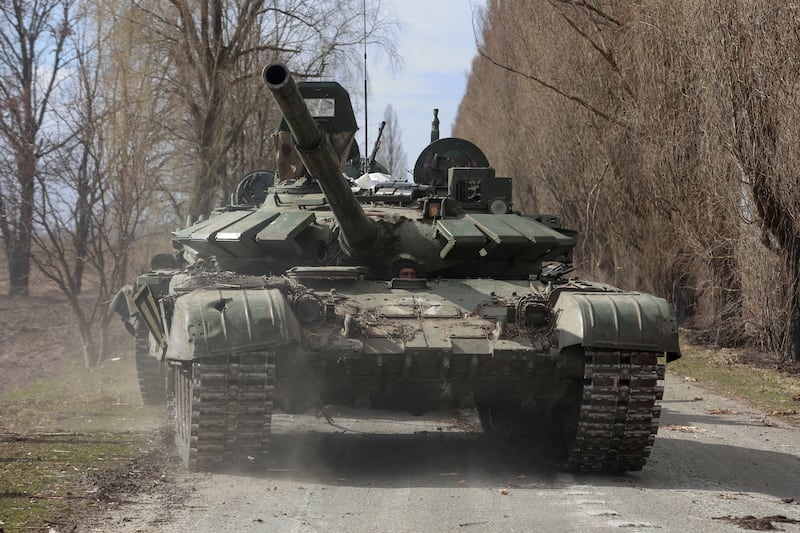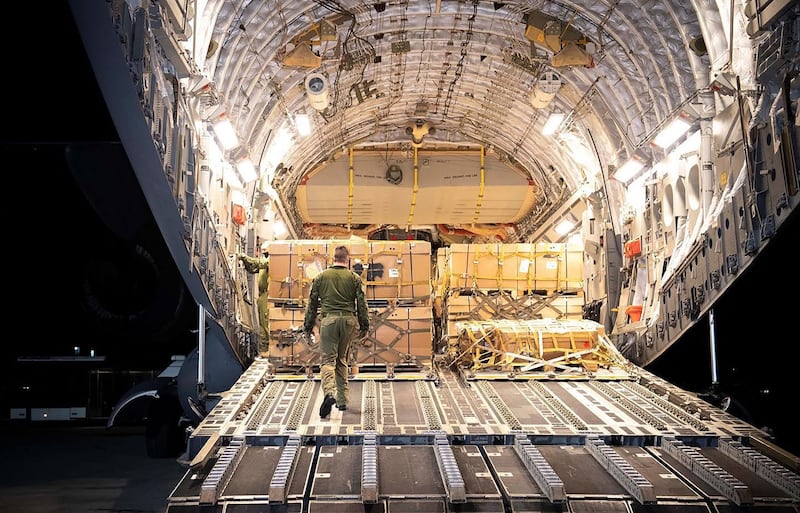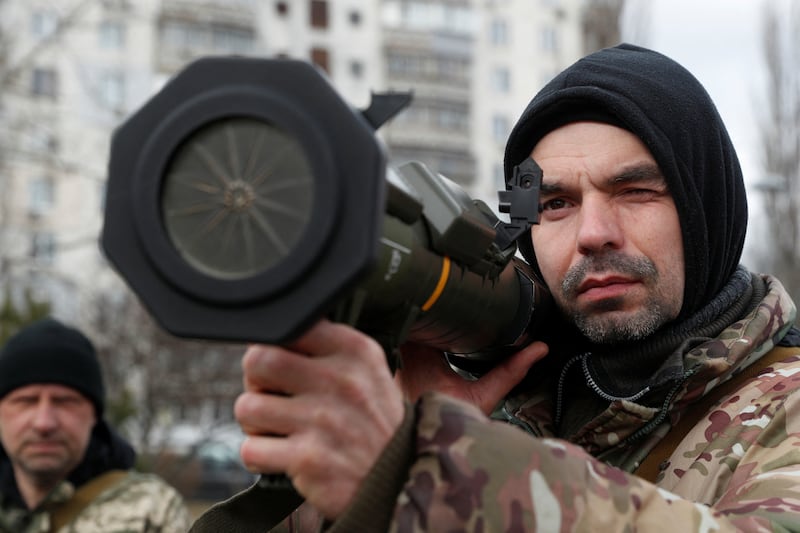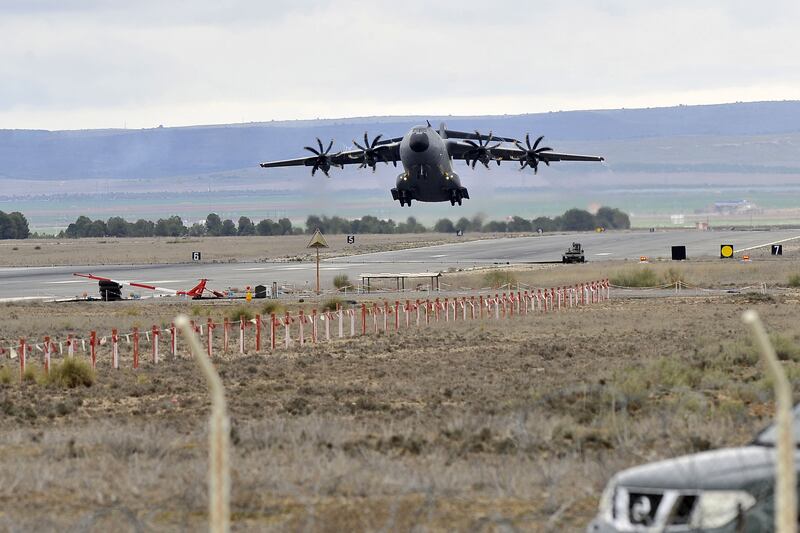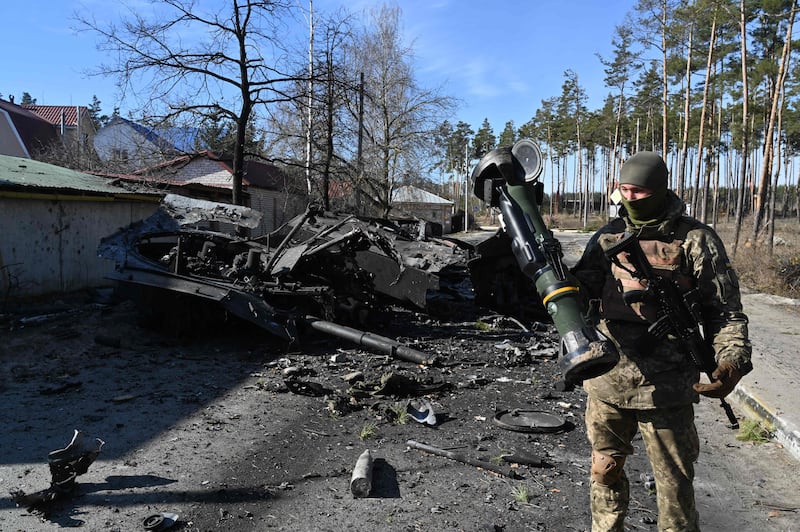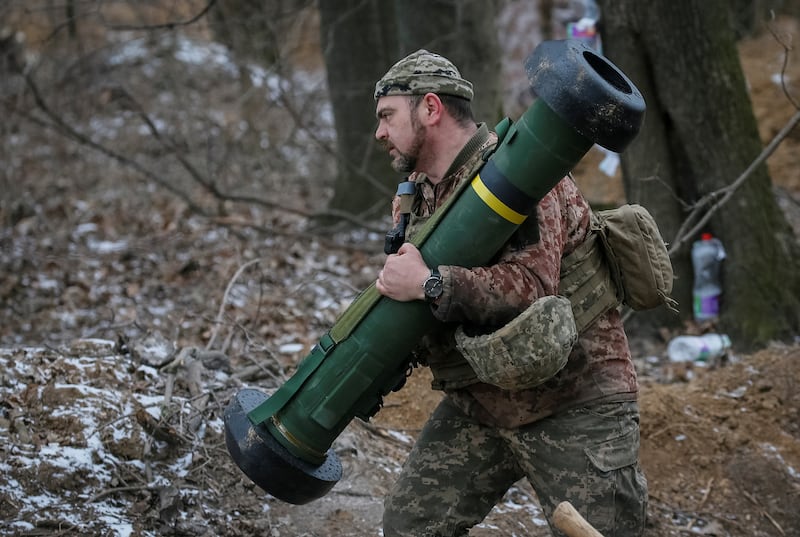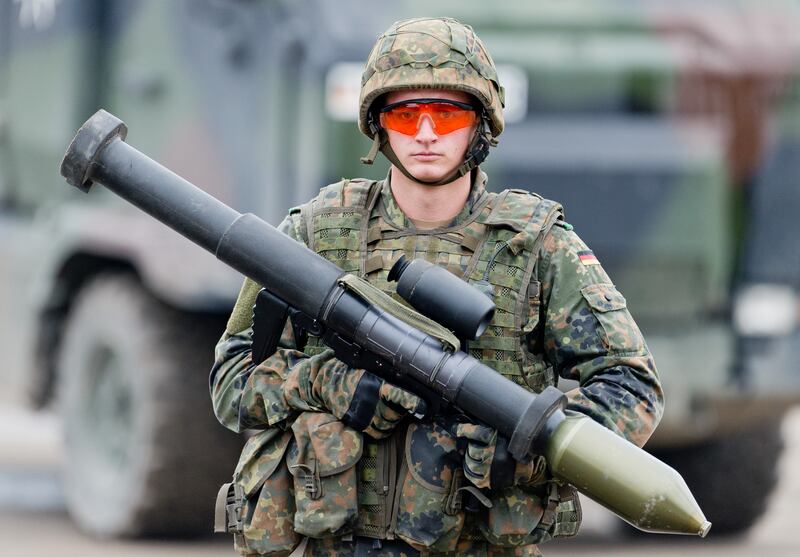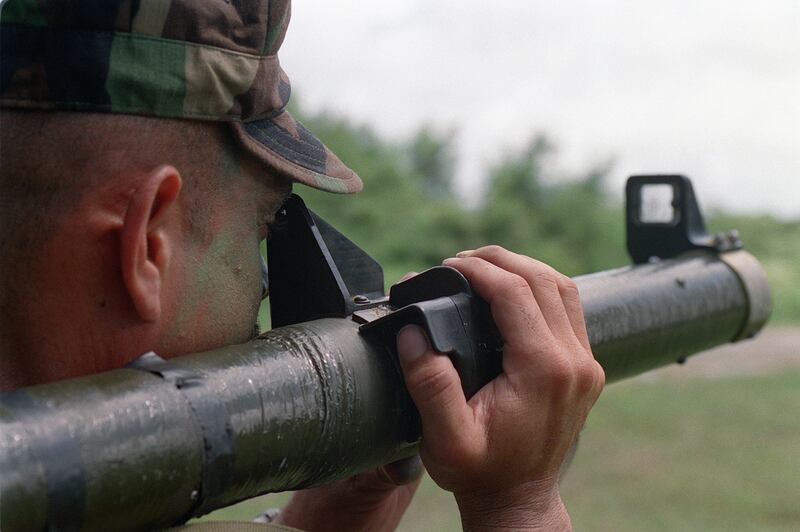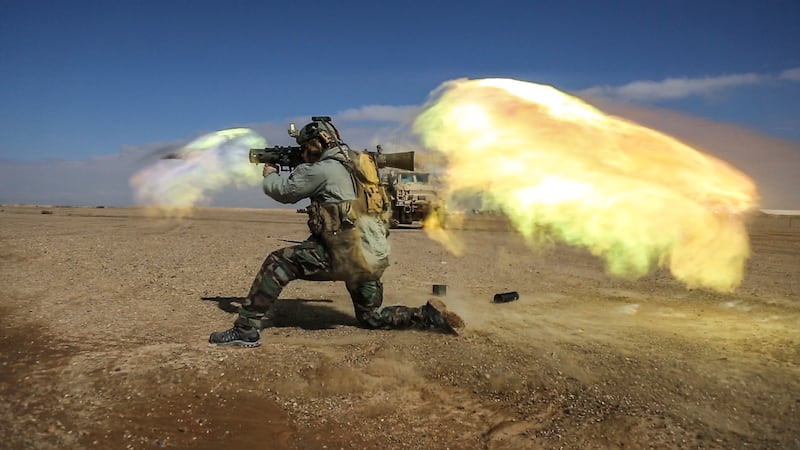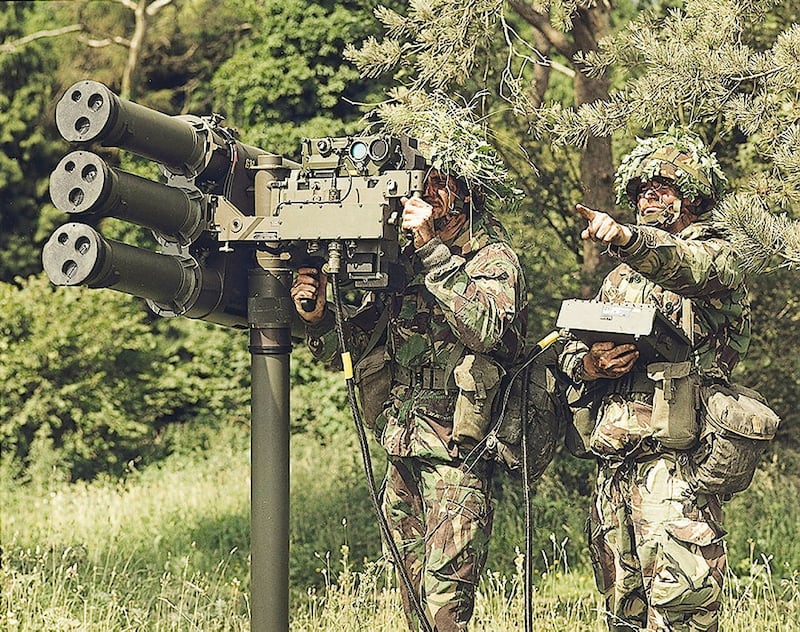Live updates: follow the latest news on Russia-Ukraine
The Czech Republic became the first Nato country to send weaponry to aid Ukraine in its war with Russia not specifically designated for the purposes of defence.
Nato Secretary General Jens Stoltenberg was reticent when pressed for details on Wednesday, but did not deny the shipment had been ratified by the alliance after the Kyiv Post tweeted footage of the ordnance arriving by train.
“I will not go into all details of exactly what kind of weapons, equipment allies are providing,” he said.
“But I can say that the totality of what allies are doing is significant and that includes also some heavier systems combined with lighter systems.”
In the early stages of Russia's invasion, Vladimir Putin warned that direct Nato aid for the besieged country would be met with a nuclear response.
Although the T-72 tanks and BVP-1 infantry fighting vehicles may not be manned by Nato personnel, their deployment ups the ante and marks a shift in the alliance's policy of only sending defensive weapons to assist the Ukrainian resistance.
T-72 tanks were first made in Russia in the late 1960s with the aim of inflicting damage on Nato forces stationed in Germany during the Cold War.
T-72s' battlefield omnipresence
The T-72 is “the most widely used main battle tank in the world”, according to the Tank Museum in Dorset, UK.
Today, the low-profile tank is in service with 35 nations and over the years since its manufacture has been used in many major wars in countries including Afghanistan, Iraq, Iran, Sri Lanka, Sierra Leone, Croatia, the Czech Republic and Syria, among others.
The T-72 was initially designed as a budget yet more reliable alternative to its T-64 predecessor, and first entered service with the Soviet army in 1973.
The prototype T-72 was protected by composite armour and was able to withstand the anti-tank guided missiles of the day. Should it have caught fire, automatic fire extinguishing equipment came as standard, while its interior was lined with an anti-radiation coating which also served as a spall liner.
Over the years, the T-72 has received various updates, and is now in its third generation in the shape of the T-72B3 and T-72B3M — the latter having been used by Russia since 2014 in both the Crimea and Syria.
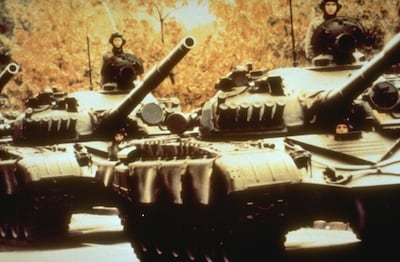
The T-72 has always been characterised by its low profile and these contemporaneous versions are no exception.
The distinctive design feature shortens the vehicle's silhouette, affording its occupants greater protection.
The T-72B3 uses Kontakt-5 explosive reactive armour and its V-92s2F engine propels it to a maximum speed of 43mph and distance of 311 miles. A new steering system also improves the tank's agility.
More than 7,000 base model T-72s are currently mothballed, but Russia has said they can be upgraded to T-72B3s with ease.
Although its turret is known to be susceptible to American Javelin anti-tank missiles, the sheer volume of the tanks in storage is more than adequate compensation.
The number certainly dwarfs the 2,500-odd tanks at the disposal of the Ukrainian army which are a combination of T-64s and T-72s.
